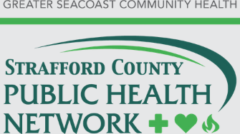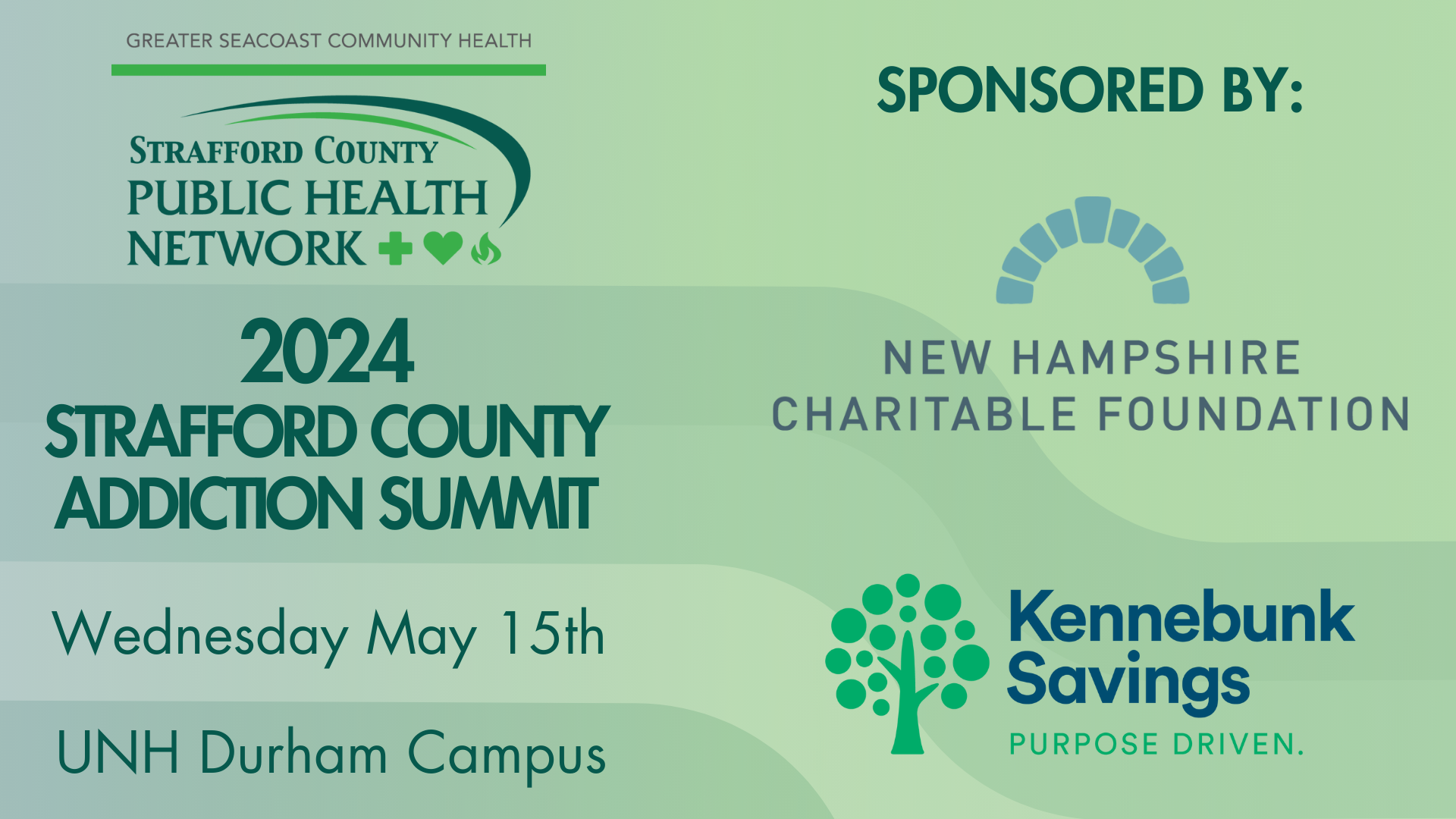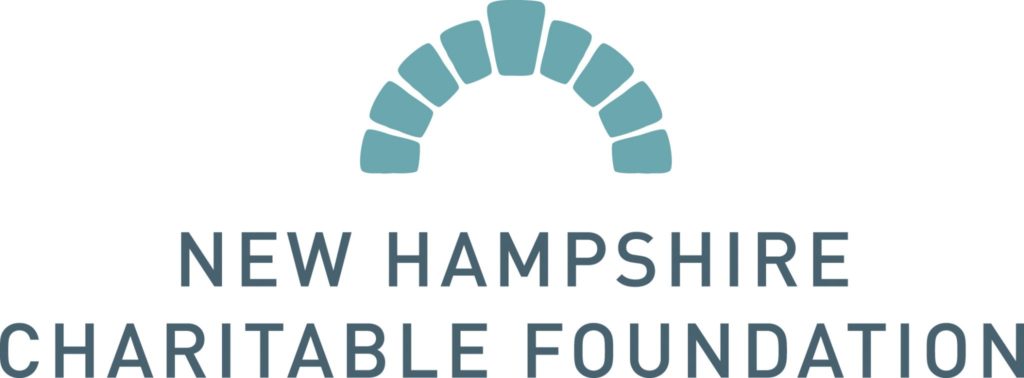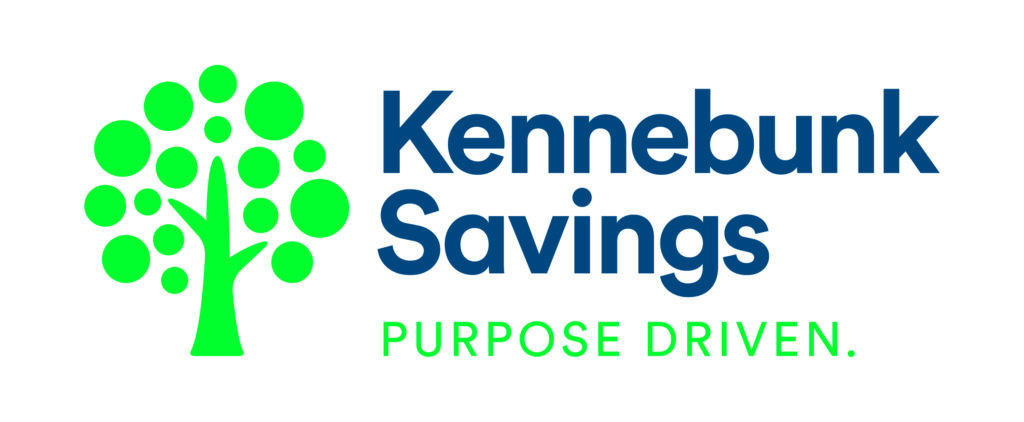THANK YOU TO THOSE WHO JOINED US AT OUR
ADDICTION SUMMIT & A SPECIAL THANK YOU TO OUR SPEAKERS, VENDORS, PLANNING TEAM & VOLUNTEERS!
Materials and more information will be uploaded to this page soon. If you have not completed our evaluation, that link will be shared via email to all attendees. You may also reach out to SCPHN@GoodwinCH.org with any questions, or to request the evaluation link.
Congressman Pappas was not able to join us at our Summit this year, but shared this letter in support of our program, and the collective work in our communities to address issues surrounding mental health, substance use and related concerns. We thank him for his continued support of our SCPHN programs and our annual Addiction Summit.
Each year, the Strafford County Addiction Task Force hosts an Addiction Summit to bring the latest information, evidence-based programs and best-practices related to the prevention, treatment, recovery and reduction of harm from substance use and mental health to our partners in the region. This annual Summit provides an opportunity for those working across different areas of the community to build their knowledge and skills in these topic areas, and highlights the areas that the Task Force will focus on over the coming year.
About Our Program
This year's Summit featured one keynote presentation followed by three workshop* sessions where participant's engaged and learned about evidence-based programs, best practices and emerging trends from local partners and experts across New England. Topics spanned across the continuum of care and tied in those related to social determinants of health as we looked at how the intersection of basic needs coincide with mental health, substance use and overall health and wellness.
Continuing Education Credits (CEUs):
-
-
- This training has been approved by NHAMFT for 5.25 CEUS
- This training has been approved by the The Prevention Certification Board of NH for 5 CEUs in Domains 1 & 2 for Certified Prevention Specialists (CPS)
- CEUs are pending approval from the Office of Professional Licensure and Certification for Licensed Alcohol and Drug Counselors (LADCs)
-
The Workshops
Presenters: Cheryll Andrews, Michele Barbrie, and Casey Cavanaugh
Learning Objectives:
- Attendees will gain an understanding of the importance of “the bridge” between incarceration, justice involvement with co-occurring substance used disorder and mental health issues triggered by trauma AND a stabile foundation of health and recovery for long term success in the community.
Presentation:
The Justice Reinvestment Initiative’s 2023 report found that a few people cycling through jails in New Hampshire are utilizing a substantial number of resources. These high utilizers of jail services had more complex and more frequent behavioral health related encounters than their non-high utilizer counterparts, including Behavioral Health Claims (93%), Mental Health Primary Diagnosis (73%), and Substance Use Disorder Primary Diagnosis (84%). The group found that re-entry and community services vary significantly from county to county, contributing to long wait times and gaps in reintegration services, particularly for the complex high-utilizer population. High utilizers had a greater likelihood of being booked into jail for lower-level crimes (like criminal trespassing), probation and parole violations, and failure to appear (FTA)/bail charges. They were less likely to be booked for violent offenses. They had increased usage of mental health, and substance use-related Medicaid services and more encounters with the emergency room. And more often experienced homelessness. These findings indicate an increased need for comprehensive services tailored to this population’s risk and needs.
Women's incarceration and involvement in New Hampshire's criminal justice system are increasing faster than men. Drugs, alcohol abuse, and complex rehabilitation and treatment needs are some of the root causes behind the increase in numbers. Poverty, unemployment, and past victimization by domestic violence are also underlying factors. Women's role as primary caregivers for children complicates their incarceration and path to rehabilitation. Close to 60% of women in state or federal prisons and 80% in jails are mothers. This complicates what resources women require upon release and how much time and energy they have to commit to recovery.
States that have intensive re-entry programs for women are seeing a significant drop in recidivism. These programs keep women out of the justice system and put them back into the community, where they can live the life each of us deserves, with health, family, and friends. The proof in these programs is the recidivism rate.
Presenters: Corey Meurer
Learning Objectives
- To explore the impact of trauma on individual escalation
- To practice concrete strategies to respond to individual escalation through verbal interventions
- To practice concrete strategies to respond to individual escalation through non-verbal interventions
Presentation:
This workshop teaches participants a variety of interventions to be able to support an individual who is escalated or having a trauma reaction or response. Participants will learn the importance of individualized interventions which will include both verbal and non-verbal responses and approaches. This workshop will provide an overview of the impact of trauma on the course of escalation and the role the trauma can play based on an individuals’ own experiences, in addition to community experiences as a whole.
Presenter: John Burns, MBA, CRSW
Learning Objectives:
- Identify at least 2 common adulterants being identified in illicit substances in NH;
- Summarize the prevalence and impact of xylazine in the supply of fentanyl and cocaine;
- List at least 3 of the physical effects of adulterants used in the drug supply;
- Explain myths around exposure to fentanyl and the stigma they may create; and
- Describe the impact of Naloxone and developments in effective overdose strategies.
PRESENTATION: The course examines trends in NH and explores the adulterants cut into today’s street drug supply and their physical effects, including in samples of cocaine, fentanyl, heroin and methamphetamines as well as the presence of xylazine in fentanyl. This will provide an opportunity to discuss community drug checking and the barriers in NH around policies that inhibit effective overdose prevention strategies impacted by adulterants. We will also explore stigma and fear-based propaganda that negatively impacts people who use drugs and our community.
Presenters: Gregg Dowty and Suzanne Weete
Learning Objectives:
Participants will learn:
- what community resilience looks like
- understand its impact on individuals and groups
- how to identify community protective factors
- how to increase and nurture these protective factors
- to identify at least two new or existing building blocks that strengthen community resilience, in the community of their choice.
Presentation:
Building resiliency is a necessary and dynamic process that one must continue to develop and strengthen throughout life to move through and overcome adversity that is sure to occur. One person’s resilience level will be different than someone else’s based on upbringing, life experiences, inherent protective or risk factors available and the trauma experienced. Our ability to overcome challenges directly affects our thoughts, feelings, and actions, which could lead to mental health challenges or crises if not recognized and nurtured.
Building resiliency in a community must start before a traumatic event takes place. However, you define your community: family, neighborhood, school, organization/business, city or town, your community can thrive and heal following trauma by strengthening “community-level” protective factors that draw on the interconnectedness of people and programs that reach deep within a community.
Most of us have experienced mental health challenges and/or crises in the past. However, the attention these challenges have received in the media over the past few years due to the pandemic, social media and device use, youth peer pressure, the opioid crisis, political climate, adult/family and financial stress to name a few, have all contributed to intensifying anxiety, depression, substance use and suicidality among youth and adults alike. Childhood trauma has been proven to be a risk factor for mental health challenges and substance use disorder. Despite education about mental health, stigma, crisis and trauma, younger generations have become more fragile and find it increasingly challenging to move through the tough times and face their responsibilities in life. Developing resilience in individuals is vital. Nurturing, enhancing, and promoting resilience for individuals can be supported by developing and fostering resilient communities regardless of how that community is defined.
In spite of these challenges, it is more important than ever to be prepared for crises and/or trauma and to know how to provide a community response to this trauma, however you define your community. Communities are responding in Strafford County and are developing new initiatives and harnessing existing resources while applying these individual building blocks to strengthen personal/community connectedness. Initiatives including mental health education and awareness campaigns, the use of trauma-informed language and practices and inclusive community collaboration and partnerships all contribute to building a resilient community. Strengthening communities strengthens each of us as we face the daily challenges life presents.
Presenters: Kim Bock
Learning Objectives:
- Although federal and state agencies have identified recovery housing as an essential resource and best- practice, the recovery housing industry is still evolving, with many unknowns related to its effectiveness, prevalence and financial landscape. This presentation will further the understanding of the financial size of recovery residences, revenue sources, operating expenditures, financial resilience and barriers related to operation. Both private and non-profit models of recovery housing will be discussed.
Presentation:
Assessing the financial landscape of recovery housing in NH is crucial to understanding the ability of recovery residences to continue providing quality services to those who need them. Understanding the implications of how the financial landscape differs across rural and non-rural communities will support evidence-based allocation of resources for expansion and capacity building to occur. The New Hampshire Coalition of Recovery Residences partnered with the Fletcher Group Rural Center of Excellence to assess the financial landscape of recovery housing in NH. Specifically, the survey aimed to assess the financial size of recovery residences, revenue sources, operating expenditures, financial resiliency and barriers related to operation. 86% of NHCORR certified recovery residences responded to the survey leading to a reliable evaluation of recovery housing in Strafford County and New Hampshire. The study provides insight into the profitability and challenges of recovery housing, the cost to residents, the average number of people served, the percentage that accommodate MAT, the number of paid staff and the average waitlist for entry into a recovery house. It contains comparisons of the costs to run a private home and a non-profit home. Challenges to the infrastructure of recovery housing include events like pandemics, referrals and stigma. The results show that, on average, 32% of residents served by recovery houses are from rural areas, yet only 7% of residences are located in rural areas. Most of the revenue for operating recovery residences comes from resident fees and state housing assistance programs. A few non-profit organizations are able to make use of state and local grants. Reliance on housing fees for the majority of operating revenue suggests vulnerabilities in financial diversity. Finally, the study concludes with policy considerations that may aid in the expansion and support of recovery housing in New Hampshire.
Presenters: Mark Lefebvre & Molly Louison-Semrow
Learning Objectives:
- Attendees will gain a working knowledge of best practices for creating and sustaining a Recovery-Ready Community coalition, with examples from the Greater Portsmouth Recovery Coalition as a case study.
- Attendees will gain specific knowledge on setting measurable outcomes and monitoring progress against these outcomes.
Presentation:
This seemingly unabated supply of fentanyl and fentanyl-laced street drugs into our communities poses a profound threat on the health, safety, and social fabric of our communities. There are many communities across the United States in various stages of implementing elements of a Recovery Ready Community model. These communities are doing amazing work to counter the impact of addiction. What is lacking is an evidence-based model that defines the process of creating and sustaining a community coalition that is driven by measurable outcomes.
This presentation will introduce a framework for building and sustaining a community coalition to address substance-use disorders (SUD) and co-occurring mental illness. The framework defines the processes of recruiting coalition members, implementing governance for managing and advancing the coalition’s agenda, setting objectives, and designing and an implementation plan. The importance of a coordinated approach for convening the coalition will be emphasized. A specific focus will be made on setting and measuring key outcomes.
Since 2019, the Greater Portsmouth Recovery Coalition (GPRC) has evolved to address several elements of a Recovery Ready Community as summarized below. This presentation will share the experience, lessons learned and key outcomes of the GPRC as a case study.
- Recovery Housing – increasing the number of recovery houses, increased number of beds and increased availability for underserved populations such as women with children.
- Workforce Development – building better networking and training options for job seekers, incumbent workers, businesses, and peer recovery services.
- Marketing & Community Education – developing and delivering education programs, marketing and media campaigns to reduce stigma related to SUD and mental illness, resulting in a more informed community to support those in recovery.
-
- Access to and Coordination of Services - increasing coordination among municipalities and service providers to ensure warm hand-offs between providers, providing more options for transportation and connectivity via technology.
- Services for the Homeless - creating a pathway to services for homeless populations
-
- Co-Occurring SUD/Mental Illness – increasing the recognition of the need for mental health services and SUD; increased access to treatment and recovery services.
- Harm Reduction – engaging with individuals who inject drugs to reduce harm; providing tools and services to decrease social harms; educating the community on the healthy outcomes of harm reduction.
- Systems, Data & Outcomes – developing system to gather data, monitor outcomes and reporting.
Presenters: Megan Henly, Emilia Poehlman, & Kathy Bates
Learning Objectives:
- Participants will learn about rates of substance misuse for people with disabilities and how this contributes to health inequities for this population
- Participants will identify environmental, cultural, and organizational barriers to care and treatment of people with disabilities who seek treatment for substance misuse
- Participants will be introduced to tools to address potential barriers to care for disabled people and make a plan for self-evaluation (individual or organizational accessibility)
Presentation:
While substance misuse may itself be a disabling condition, when people with other disability types (e.g., physical or developmental disabilities) seek treatment for mental health or substance misuse treatment, they often find that facilities may be inaccessible. Inaccessibility may include environmental barriers (e.g., access to doors, restrooms, or other spaces may be limited for those who use mobility devices), and may also include organizational barriers (e.g., appointment times that are not compatible with public transit schedules or care worker availability) and cultural barriers (e.g., staff reproducing ablest practices).
Through a mix of summary data and case studies, this presentation will describe the issues that the disabled population face when they seek treatment for substance misuse. Participants will work in groups to review vignettes that will allow them to identify prospective environmental, organizational/policy, and cultural/systematic barriers. The presenters will introduce a variety of tools that can be used by health professionals and administrative staff to assess their facility’s physical and organizational accessibility and identify solutions. This presentation seeks to complement ongoing disability, equity, inclusion, and accessibility (DEIA) efforts of individuals and organizations.
Presenters: Maura McGowan, CPS, Program Director at NH Teen Institute
Learning Objectives:
Participants will:
- be able to define and understand the difference between gender and sexual orientation, identity, and expression.
- understand the risk factors at play causing higher rates of suicide for the LGBTQ+ community, including the increased risk of substance misuse.
- identify and strengthen protective factors for suicide in LGBTQ+ youth.
- be connected to resources to continue learning and supporting LGBTQ+ youth.
Presentation:
LGBTQ+ Youth are at 4xs greater risk of suicide than their non-LGBTQ+ peers but why? This workshop will discuss the risk factors that will bring into view what our LGBTQ+ youth are experiencing and the impact it is having on their mental health NH Teen Institute Presentation Proposal 3/28/2023 and substance misuse as well as the protective factors that increase their supports and connections.
Presenters: Sheila Hatch
Learning Objectives:
- Better management of mild-moderate anxiety and depression
- Reframing how we label/qualify emotions
- The purpose and benefit of emotions
- How to listen to our emotions, especially the ones that are uncomfortable, undesirable,
- and challenging
- Deciphering unhelpful thoughts from legitimate circumstances to solve
- Stopping cycles of ruminating, avoidance, and negative self-talk
Presentation:
During my tenure as a senior trainer, I observed the rates of anxiety exponentially increase. As I opened up my Bowenwork practice, I repeatedly discovered that so much of the pain and dysfunction that people were feeling in their bodies was rooted in what they were thinking. Having already worked with many populations in hardship and crisis, I wanted to find a way to work with the source, to work on prevention. That is what led me to being a mental health coach. My practice is founded in cognitive behavioral therapy and is evidence-based. Regardless of age, life experience, career, gender, race, nationality, etc. I have found learning to listen to our emotions is the cornerstone of mental wellbeing. Stopping the cycle of avoiding, suppressing, and numbing our emotions has been the most impactful tool I teach my clients for better navigating mild to moderate anxiety and depression. In addition, it increases self regulation, enhances our self-awareness and creates a more expansive experience of all of our emotions which leads to improved problem solving, connection to others, and overall fulfillment.
Presenters: Jordan Brown, Mary Sateary, and Heidi Cloutier
Learning Objectives:
- Define what Peer Recovery supports are and how these differ from other youth supports.
- Explain 3 Challenges faced by individuals seeking substance use treatment and supports.
- Identify 3 critical components of Peer Recovery supports
- Describe what peer recovery support is and how it differs from other youth supports
Presentation:
The value and effectiveness of youth peer support for young people struggling with mental health or problematic substance use are becoming more widely recognized (de Beer, Nooteboom, van Domburgh, et al (2022) however, embedding peer support services into mainstream care remains challenging. The research indicates that trained youth peer supporters help to better engage youth in services, mitigate the perception of stigma, and are highly dedicated to the work given their lived experience. This presentation focuses on a well-developed peer group model for youth and young adults that is being implemented with promising results. The model uses a harm reduction rather than an abstinence-only approach to substance use and includes a robust training and support model for peer leaders and trainers and a data decision system for process improvement and program evaluation. Community collaboration is an essential component of the model, bringing schools, the Greater Portsmouth Youth Wellness Coalition, and other child serving organizations together to meet the complex needs of youth and families with problematic substance use.
The presenters will share a brief (15 min) video amplifying the voices of individuals seeking substance use treatment and supports, discussing challenges and how influential peer support can be. We will facilitate a discussion about key points, describe implementation across school & community settings, characteristics of youth, the group design, and examples of group activities. The importance of and challenges associated with promoting peer group models and resources for replicating this model will also be shared.
Presenters: Kaitlin Jones, MSW, CPS, Dover Police Department k.jones@dover.nh.gov
Kelli Jo Deardorff, LSW Social Worker Dover Police Department k.deardorff@dover.nh.gov
Learning Objectives:
- Identify how social workers embedded in police departments work to connect individuals who interface with law enforcement to services related to, but not limited to: substance use, mental health, and housing.
- Understanding of the intersection between social services and law enforcement and how communication and collaboration across those fields can improve outcomes in the community
- Understand how social workers being embedded into settings like police departments help to address various issues including by not limited to capacity and workforce shortages, recidivism rates, unmet social service needs and stigma
Target Audiences: Any professional in the social service field, and first responders.
Presentation: In this presentation we will discuss how the social worker functions as a civilian position within the Dover Police Department’s Support Services Division, Community Outreach Bureau. We will give insight into the intersection of unmet social service needs and law enforcement involvement. Looking at the primary roles of the police social worker as they assist the Dover Police Department and the Dover Fire and Rescue Department with follow-up and referral services for members of the public in need, and how they provide referral services to members of the general public. This includes but is not limited to referring people for assistance with housing, addiction and mental health needs. This presentation will leave participants with an understanding of how to integrate social work programs in local police departments and similar settings, and the benefits to such a collaborative approach.
Presenter: John Burns, MBA, CRSW
Learning Objectives:
- Identify two strategies for building social enterprise models
- Understand funding challenges and opportunities that exist for starting social enterprise efforts
- Identify opportunities that exist for workforce development within non-profit spaces.
- Explore financial challenges and risk that social enterprise models can provide.
Presentation: The course examines efforts to build sustainability in a non-profit world where it is often a myth. This will provide an opportunity to discuss some unique social enterprise efforts that remain mission focused around building workforce while creating a model for sustainable revenue. SOS Recovery opened Fold’d Community Diner in 2023 and launched a training department in 2022 that provides self-sustaining evenue while building workforce. This seminar will identify strategies used and opportunities and challenges that exist to build off social enterprise models in non-profit spaces.
Presenters: Sheila Hatch
Learning Objectives:
- Better management of mild-moderate anxiety and depression
- Reframing how we label/qualify emotions
- The purpose and benefit of emotions
- How to listen to our emotions, especially the ones that are uncomfortable, undesirable,
- and challenging
- Deciphering unhelpful thoughts from legitimate circumstances to solve
- Stopping cycles of ruminating, avoidance, and negative self-talk
Presentation:
During my tenure as a senior trainer, I observed the rates of anxiety exponentially increase. As I opened up my Bowenwork practice, I repeatedly discovered that so much of the pain and dysfunction that people were feeling in their bodies was rooted in what they were thinking. Having already worked with many populations in hardship and crisis, I wanted to find a way to work with the source, to work on prevention. That is what led me to being a mental health coach. My practice is founded in cognitive behavioral therapy and is evidence-based. Regardless of age, life experience, career, gender, race, nationality, etc. I have found learning to listen to our emotions is the cornerstone of mental wellbeing. Stopping the cycle of avoiding, suppressing, and numbing our emotions has been the most impactful tool I teach my clients for better navigating mild to moderate anxiety and depression. In addition, it increases self regulation, enhances our self-awareness and creates a more expansive experience of all of our emotions which leads to improved problem solving, connection to others, and overall fulfillment.



